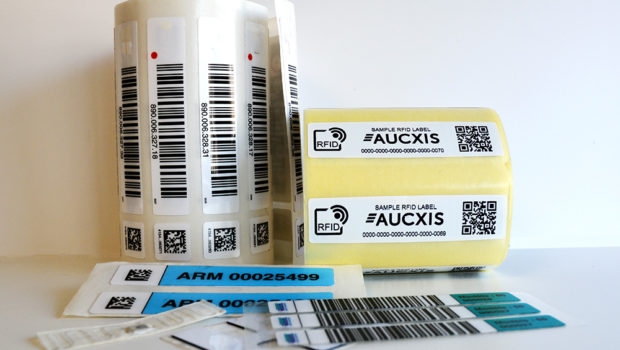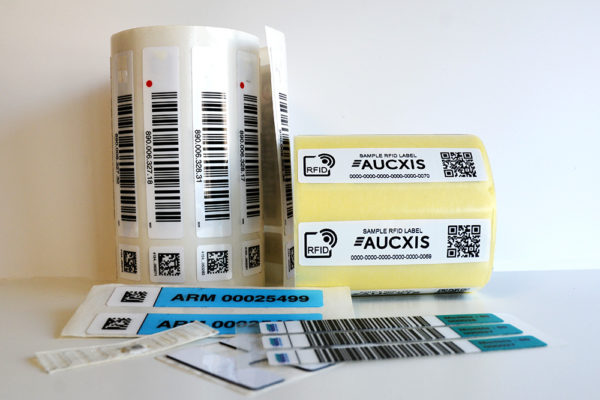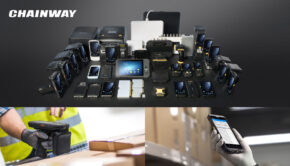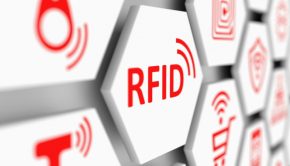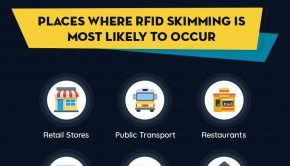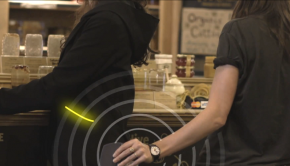RFID Labeling in the Industrial Sector
Radio-frequency identification (RFID) technology uses radio waves to identify items and containers. RFID systems consist of passive RFID labels or tags, an RFID reader/scanner, and a data processing device, such as a computer. RFID has already been adopted by various industries to improve their security, as well as to enhance their inventory management and product tracking throughout the supply chain.
Benefits of RFID Labeling
RFID labeling provides a number of benefits over traditional product tracking methods, including barcodes. The most apparent advantage is that radio-frequency identification labels do not require full visibility or direct line-of-sight to be read/scanned. They emit a broad signal, in a wide omnidirectional read range, that can be read even in cases where the tagged object is covered or embedded within another item. This means that RFID labels do not require high-quality images and printouts to be scanned and allow for greater control over the label’s placement. Moreover, as they are able to receive multiple backscattered signals at once, they allow for bulk-data scanning. This allows numerous items to be scanned simultaneously, saving time that might be spent scanning individual barcodes.
In terms of the encoded information, radio-frequency identification labels can be encoded with far more information than either 1D or 2D barcodes, allowing more detail to be captured during scanning. They can also be linked to an inventory management system so that even more data can be associated with a given item. Furthermore, their data can be encrypted and shielded to ensure only verified users can access their information, adding an extra layer of protection not available by other tracking methods. If necessary, RFID tags can also be printed with barcodes, serialized data, and alphanumeric text, providing an option to have a label with general readable information and encrypted sensitive data that is kept confidential.
RFID labeling uses primarily passive ultra-high-frequency (UHF) inlays, as they do not require a battery to function. Instead, the power is supplied by the reader, who sends radio waves captured by its coiled antenna, which generates a magnetic field, energizing the circuits in the tag. Passive RFID labels can thus be made much smaller, perfect for identifying a vast range of items and products, with almost unlimited applications in consumer goods and other areas. They are also much less expensive to produce and manufacture than active inlays, making them an overall superior option for RFID label manufacturers.
These small flexible UHF inlays can be incorporated into a broad range of label materials to produce durable RFID labels that can withstand various extreme environments. This includes tags that can resist a wide range of temperatures and weather conditions. Perfect for identifying products that will be stored in low temperature freezers and trucks during transport, such as perishable foods and pharmaceuticals. The tags can also be designed to withstand exposure to harsh chemicals and solvents, such as alcohols, grease, oil, and other detergents and lubricants. These chemical-resistant RFID labels would be perfect for identifying machine parts, as well as automotive components or equipment used in the energy sector, particularly oils and gas. The labels should also resist abrasion, scratching, and general wear-and-tear for use in heavy-use industries, including construction and retail/logistics.

